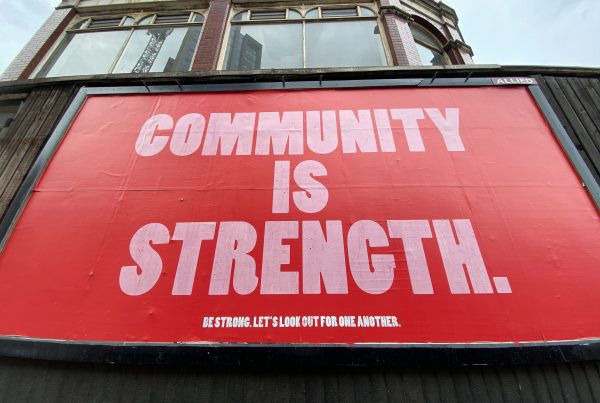We tend to gravitate towards reflection at this time of year not just because of the turn of the year, but because it’s a time of year (in the Western hemisphere at least) when dusk sets in about four in the afternoon and the darkness invites introspection. We also seek out the bright lights of cafes and shops and also decorate our homes with them. The spiritual festivals that mark this time of the year focus on this twin meaning of reflection: inward looking and the reflected lights that speak of community and hope.
Asking questions, making links, seeking meaning are what we do in coaching and leadership. But taking stock goes further than regular reflection and than the old idea of making ‘new year resolutions’. It is a deep and thoughtful consideration – looking both inwards and around us, solo and together – and plan what direction we take now.
A Important Time for Reflection
It has been said that we are living in an Axial Age – a term coined by the philosopher Karl Jaspers in 1949 to designate the era from 8th to 3rd century BCE, a time of turbulent change when many of the great sages lived and taught: new ways of thinking about ourselves and how to live flourished seemingly independently across the world. Now is another of these pivotal times when, says author Karen Armstrong “we are at one of those junctions in history when we are holding ourselves, our past, our future, and our integrity in the palms of our own hands” (The Great Transformation)
As the quote indicates, taking stock involves looking back at our past, to learn lessons from experience but also to value and honour those who have influenced and supported us. This surely also involves grieving for losses – the exponential loss of life through the pandemic and the ongoing and accelerated losses entailed by what has been named as the 6th mass extinction.
Bridging worry and hope
To talk about what distresses, frightens or angers us we need Psychological Safety – especially in groups and teams. Amy Edmondson coined the term to remind us that in order to do our best everyone must feel included and valued, able to listen to and learn from each other, free to contribute without censure or ridicule, and can legitimately challenge the organisation and each other without fear of reprisal. Are we – as leaders and coaches – creating these conditions, which in turn foster the courage to move forward with hope? We can – and need to – create a bridge from loss, confusion and worry to a focus on what comes next and planning for the future.
Reflection to action
So, as we start a new year, what are you doing, as a leader, to bridge, guide and look to the future? Long-term future thinking also means asking ourselves: what are we leading for? And taking stock must involve taking action – The Cambridge English dictionary defines taking stock as to ‘think carefully about a situation or event and form an opinion about it so that you can decide what to do’ . So as you reflect over a mug or glass of something warming or refreshing, make sure it involves planning for change and action, and be clear about what that means for you, as a leader, your business and those who you lead. Here’s to 2022!



